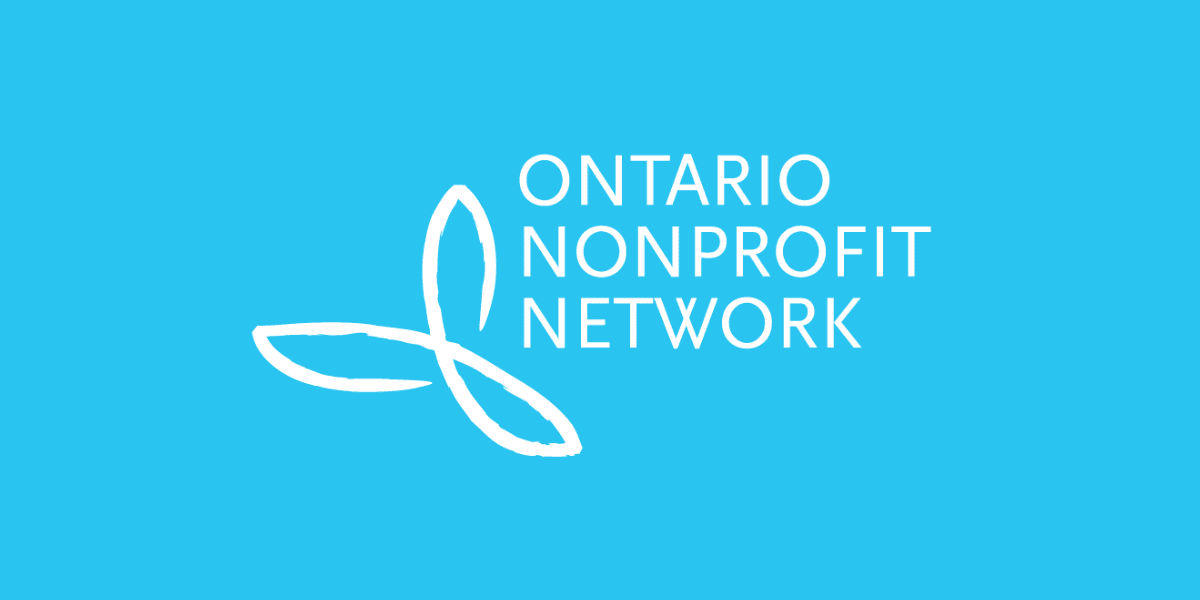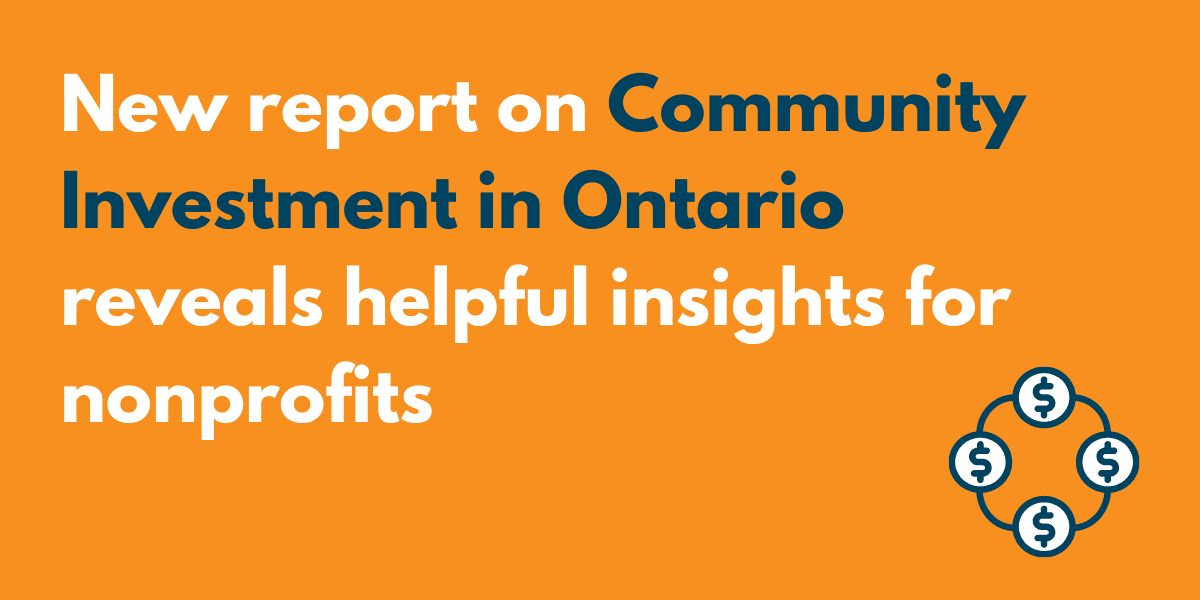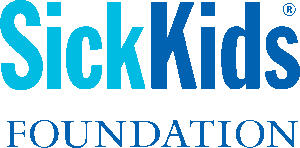
Blog
Three myths that hold nonprofit boards back from building community wealth
Community wealth building (CWB) means doing local economic development in a way that keeps resources local and distributes those resources equitably. Nonprofits engaging in CWB can use it as an important tool to pursue economic and racial justice.
Nonprofits can do CWB in many ways including revenue-earning activities, investing their savings locally, purchasing from local businesses, and much more. Boards of directors can be powerful champions and enablers for nonprofits to engage in CWB. Boards can also put up roadblocks that prevent nonprofits from doing anything different from what they’ve always done. Sometimes because of a few powerful misconceptions about what the law requires of them and allows nonprofits to do.
Below we’re going to unpack some of these myths so that you or board members you know can start to unlock the full economic potential of your nonprofit to put resources back in the hands of local communities.
Myth #1: The first legal duty of the board is to minimize risk and community wealth building is too risky.
We all know it’s impossible to eliminate risk completely, but that doesn’t stop many boards from trying! While boards are required to be prudent and avoid unnecessary risk, it is important to recognize that the overriding duty of directors is to do what is necessary (including taking some risks) to pursue the nonprofit’s mission effectively. Once a board has determined an activity is necessary to furthering its mission, the question then becomes how to do it in a prudent way, not whether to do it.
Like any economic activity, CWB can come with a number of reasonable, unavoidable risks. From borrowing money, to purchasing from or investing in new partners, risks are a healthy part of nonprofits engaging in revenue generating activities and building community wealth. So when the board is faced with an opportunity to engage in CWB, it’s actually almost impossible to ask the question in the abstract “is this proposal too risky?” Strictly speaking, from a legal perspective, it makes more sense to first ask “Does this proposal advance our mission?” and only then ask, “if so, are the risks involved reasonable relative to the potential impact of this proposal?”
If part of our sector’s mission is to challenge systemic racism, colonialism, and other centuries old roots of contemporary problems, we need to be more open about what level of risk is reasonable in the pursuit of equity.
Myth #2: Our legal purposes don’t include community wealth building so we can’t do it.
A board member could be forgiven for thinking “we’re a food bank not an economic development agency, this is simply not in our scope.” But as we’ve heard time and time again, the issues of food insecurity, economic disenfranchisement, gender-based violence, and other crises are intertwined. As articulated by Feed Ontario, the goal isn’t to operate a food bank but to end hunger.
This may come as a surprise but corporate and charity law actually have tools to help address the holistic and complex nature of our missions as nonprofits. Modern corporate and charitable purposes (also known as “objects”) are usually drafted in a broad way to allow for the widest flexibility to further the overriding mission of the organization. In fact, when it comes to charities, there is a centuries-old rule that requires courts to read purposes broadly to allow the underlying charitable intent to succeed.
There are many other examples of how modern nonprofit and charity law have developed to give boards wide legal power to do what is necessary to pursue their overriding mission. For example, previously, nonprofit corporations only had the legal powers given to them specifically in statute or their governing documents (showing a narrow conception of what was needed to pursue the nonprofit’s mission). Ontario’s Not-for-Profit Corporations Act gives Ontario nonprofits all the powers of a natural person, like you or me. This is a clear signal that modern nonprofits should be able to do whatever in the board’s judgment is best in the pursuit of the overriding mission (as long as it’s legal!).
In charity law, a doctrine has developed called the doctrine of “ancillary and incidental”, which allows charities to engage in activities, such as advocacy activities and business activities, as long as they support the overriding charitable mission.
And whether you are a poverty relief organization, an arts or culture collective, a settlement agency, or many other kinds of nonprofits, community wealth building is absolutely relevant to furthering your purpose.
Myth #3: Nonprofits are legally prohibited from earning a surplus so they can’t do community wealth building.
This myth is false for two reasons. Firstly, there are many ways to support community wealth building without needing to earn a surplus (e.g. purchasing your catering or office supplies from a local social enterprise). Secondly, nonprofits are allowed to earn a surplus in a variety of ways.
Nonprofits are not allowed to earn a surplus and then distribute that surplus to directors or members as if they were shareholders. However, nonprofits can earn a surplus if it is calculated to go into a reasonable reserve, and charities can earn a surplus if the surplus results from:
- charging for charitable activities, such as tickets to see a performance or tuition for a school
- allowable investments, such as stocks, bonds, or mutual funds or
- related businesses, such as a hospital parking lot or a workshop at a youth shelter.
When I say “reasonable reserve” you may think “3-6 months operating expenses”. But actually, a reasonable reserve can be quite a bit higher as it can include a capital reserve, operating expenses, and liabilities (e.g. changes to law or litigation). As long as you have a policy to clearly document the rationale for the amount of your reserve and your reasons are sound, you are, generally speaking, on solid footing. Once you have this reserve in place, nonprofits are entitled to make reasonable investment decisions which can be made in a way that supports community wealth.
Charities have a whole host of options and flexibility when it comes to revenue earning, as well as how they purchase and invest.
Building an equitable future by building community wealth
Nonprofits can work against the continued extraction of wealth from Indigenous, racialized, and other economically disenfranchised communities. Whether it’s a clinic choosing to buy or hire locally, a housing supplier procuring from co-ops, or a foundation seeding the funding for a community investment organization, there is no end to the way nonprofits can build wealth in a widely-held and democratic way.
Nonprofits and charities are allowed to engage in CWB even if it means earning a surplus or taking on reasonable risks, as long as it is in the service of their overarching purpose. They just need to question some widely held assumptions.
Disclaimer: The above is intended as general legal information not legal advice specific to your situation. What the law is in any given situation will vary but we hope we have shifted your question from a “yes/no” to a “how”.






